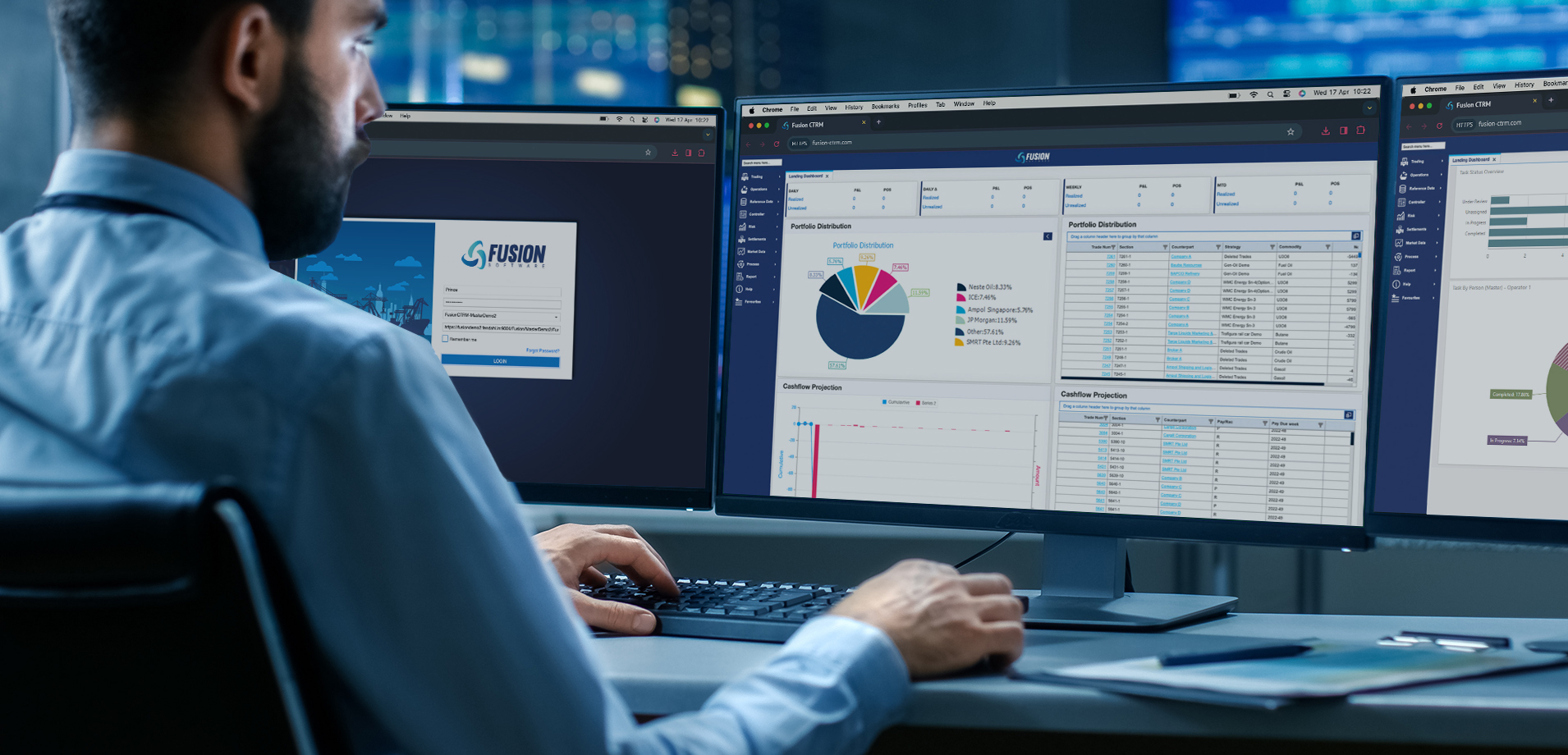Lower commodity prices are having a major impact on the CTRM solutions market. Trading houses that previously enjoyed high margins are now actively looking to squeeze cost out of their businesses and this is putting pressure on CTRM vendors resulting in rapid long-term change.
Most existing CTRM solutions have been developed during a period of sustained high commodity prices. These solutions are largely characterized by a high cost of ownership. This was accepted as a necessary expense when commodity prices and profit margins were high. Now that commodity prices have fallen to multi year lows, trading businesses are looking to reduce CTRM costs.
For CTRM vendors this means a significant sustained downward pricing pressure and potential significant change to traditional licensing and support models. Many traditional CTRM vendors with high cost bases and technically inflexible solutions will not survive the changing market dynamics.
The first stages of change have seen a consolidation in the CTRM market place, several of the smaller and weaker CTRM vendors have been swallowed by larger players. Examples include RightAngle acquired by OpenLink, Just Commodities acquired by Allegro, Energeya acquired by SunGard. There has also been a sharp decline in in-house CTRM development projects as trading businesses have realised that in-house developed CTRM platforms are a risky and unaffordable luxury.
The next stage of development will bring more fundamental change in the CTRM market as the deal flow for the established vendors dries up. Legacy vendors are becoming ever more dependent on their maintenance and support revenues. However attempting to sustain revenue from maintenance and support whilst cutting costs will not prove to be a tenable long-term survival strategy.
Existing legacy CTRM vendors, such as Triple Point Technology, Open Link, Allegro Development, and Bradey have high cost structures. They often have bloated organisational structures with the majority of staff based in high cost countries. In many cases their software platforms are based on aging technical architectures that are expensive to both develop and maintain. This makes it almost impossible for legacy vendors to change to meet the new realities of low commodity prices.
However the pressure to reduce CTRM platform costs has lead to the emergence of a new generation of CTRM vendors that are offering low cost CTRM platforms that utilise modern technical architectures; low cost development strategies and flexible licensing models. Fendahl Technology is a leading example of the new generation of CTRM vendors. Fendahl launched the Fusion CTRM platform in August 2015 and has seen rapid customer adoption.
The new CTRM vendors benefit from; using modern low cost software architectures, low cost development strategies, and flexible software licensing models. This allows them to deliver; scalable, reliable, and functionally rich solutions to customers at lower costs. As a result these new market entrants are beginning win an increasing market share of new CTRM platform deals. Many commentators believe that the legacy CTRM vendors need fundamental changes to their business models and solution offerings in order to survive the new realities of low commodity prices.





